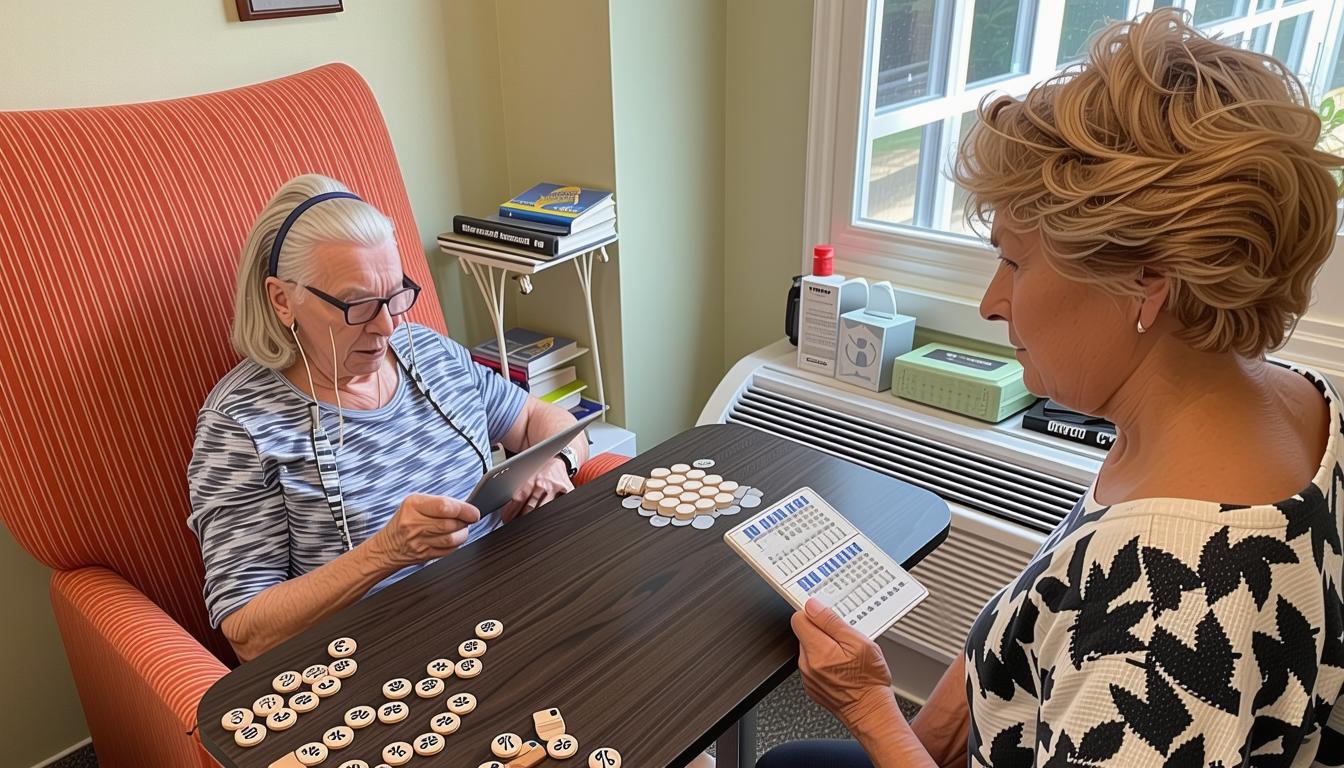Embracing a New Approach to Dementia Care
In Belchertown, Massachusetts, Janice Rogers faced a challenging decision regarding her mother, Rita Orr, who was 91 at the time. Living alone in a mobile home, Rita’s health was declining, prompting Janice to seek a suitable living arrangement for her.
“I felt overwhelmed by the responsibility of caring for my mom,” Janice admits. “I needed to find a place where she could be safe and well-cared for.”
Now 94, Rita has been diagnosed with dementia. Initially, the first facility Janice chose didn’t meet their needs. However, they found a better fit at Loomis Lakeside at Reeds Landing in Springfield, Massachusetts. This continuing care retirement community (CCRC) offers a range of services from independent living to skilled nursing care. Interestingly, it lacks a dedicated memory care unit, reflecting a growing trend towards integrating dementia patients into broader community settings.
Promoting Independence and Community
Rita currently resides in the skilled nursing section, where she enjoys the freedom to explore the facility and its outdoor spaces. Her daughter appreciates this approach.
“She values her freedom, and a locked door would be distressing for her,” Janice explains.
Lori Todd, the executive director at Loomis Lakeside, emphasizes the importance of allowing residents with dementia to live fulfilling lives within the community. “We aim to provide a dignified environment where they can thrive,” she says.
Empowering Through Education
Staff and residents receive training on interacting with individuals with dementia. This includes strategies for calming someone who is upset or redirecting their attention to new activities. The goal is to ensure residents feel included and supported.
Ann McIntosh, a long-time resident, appreciates the training. “It’s about meeting them in their world,” she says. “When someone wants to see a deceased spouse, I suggest we go look together. Often, they become engaged with others along the way, and the initial concern fades.”
Volunteering and Cognitive Engagement
Helene Houston and her husband volunteer in a program called SAIDO Learning, which originated in Japan. They conduct brain exercises with residents, focusing on math and language skills. “It’s rewarding to see improvements in cognition,” Helene shares.
Understanding Behavioral Needs
Brenda Mendoza, the life enrichment and memory care director, stresses the importance of understanding behaviors as unmet needs. “We work to identify what might be causing distress, whether it’s fear, hunger, or loneliness,” she explains.
While some families prefer locked memory care units for safety, others, like Kirsten Jacobs from Leading Age, advocate for a balance between safety and autonomy. “We must consider the richness of life that comes with freedom and flexibility,” she notes.
Rethinking Safety and Autonomy
Joanna Fix, diagnosed with Alzheimer’s in her late 40s, opposes locked units. “Decisions about memory care should involve those living with the condition,” she argues. “It’s crucial for people to understand and engage with us meaningfully.”
Arnie Beresh, living with dementia for a decade, echoes this sentiment. “Regardless of where we live, we deserve to be treated as individuals,” he insists.
Ultimately, even as dementia progresses, the essence of the person remains.
